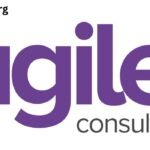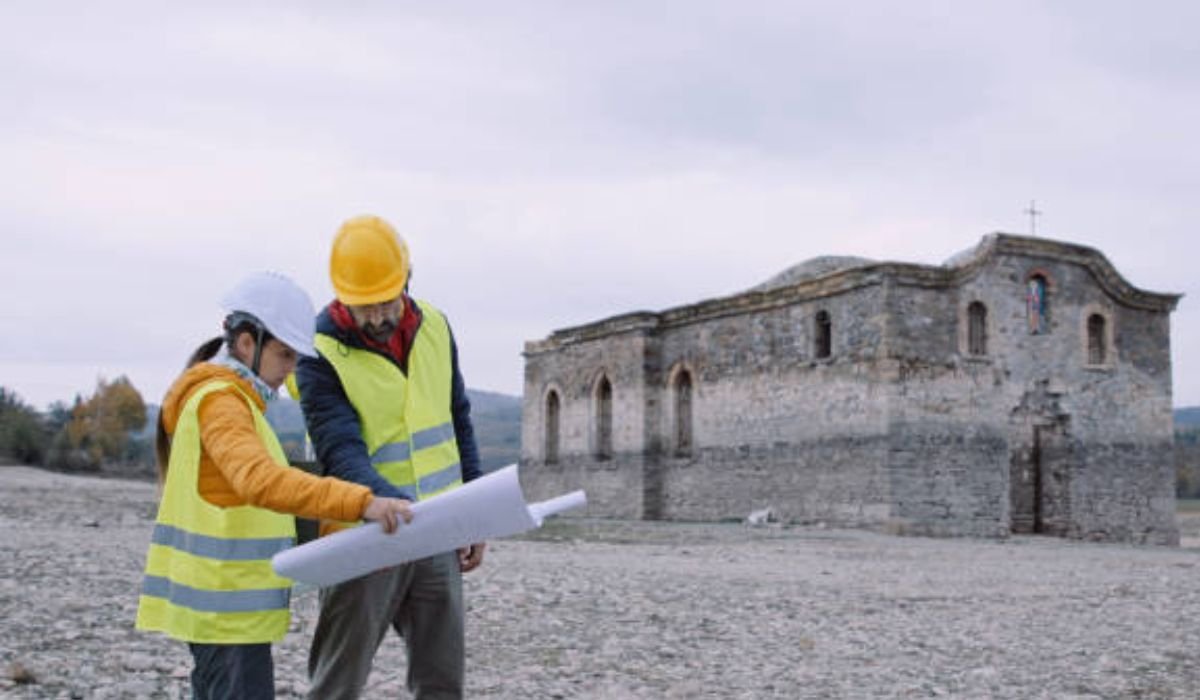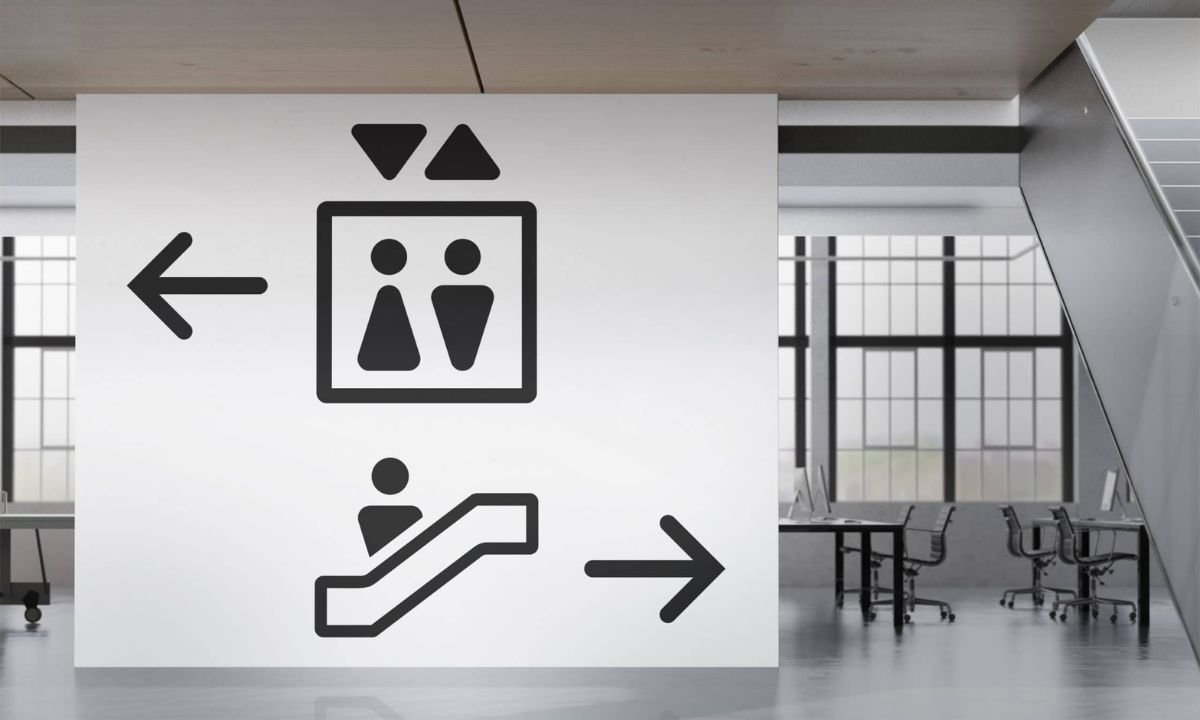Key Takeaways
- Consistent, simple maintenance can prevent expensive plumbing emergencies and disruptive repairs.
- Learning to detect warning signs helps address small problems before they escalate into structural or health concerns.
- Proactive habits protect your investment and ensure your family’s safety and comfort throughout the year.
- A bit of plumbing know-how empowers you to manage minor issues independently, saving both stress and money.
The Value Of Preventative Plumbing Care
Plumbing may not be the first thing that comes to mind when thinking about home maintenance, but it sits at the heart of daily comfort. Whether it’s showers, laundry, or simply washing your hands, clean and functioning pipes make everything easier. Preventive care is what keeps this network humming smoothly. Routine steps, such as checking for leaks, listening for unusual sounds, and simply being aware of what goes down your drains, can extend the system’s life for decades. Consider consulting a professional for specialized support or sewer line service St. George when you notice recurring blockages or unexplained wet spots on your property. Addressing these early can head off extensive and costly damage, not to mention prevent stressful disruptions to your family’s routine.
Scheduled inspections and targeted maintenance—such as flushing your water heater or checking pressure regulators—can reduce the likelihood of emergencies. The U.S. EPA even estimates nearly 10,000 gallons of water per year can be wasted by small unnoticed leaks in the average home. Repairing these not only conserves one of our most precious resources but can translate into substantial savings on utility bills over time. Reliable plumbing enhances your property value, simplifies your daily life, and provides peace of mind every day.
Common Signs Your Plumbing Needs Attention
- Slow-draining sinks, tubs, or showers are often the first sign of developing clogs.
- Unexpected increases in water bills, which may indicate leaks or water running where it shouldn’t.
- Persistent low water pressure in one or more fixtures, sometimes due to sediment buildup or leaks.
- Visible stains, mold, or mildew on ceilings or walls signal hidden leaks.
- Clanking, rattling, or banging noises in pipes, pointing to loose brackets or water hammer issues.
These seemingly minor symptoms are easily overlooked but often herald bigger problems within the plumbing lines. For example, that slow-draining sink could be catching hair, grease, or other debris and causing a blockage ready to turn disastrous. Low pressure should never be ignored; it might signal a plumbing breach or mineral deposits inside pipes, reducing functionality. Noisy pipes aren’t just a nuisance—they can mean loosened connections, which in turn could lead to sudden leaks. Water stains or mold growth, especially if they appear without explanation, strongly suggest leaks that could create hazardous mold issues and compromise your home’s structure. Keeping a vigilant eye out for these subtle indicators helps safeguard both your home and wallet.
Easy Do-It-Yourself Plumbing Tasks
There’s a surprising number of plumbing issues you can solve with your own two hands and a little know-how. For instance, removing a clog from your shower or bathroom sink drain often requires nothing more than a basic plunger or a simple zip snake tool. Replacing old or worn-out washers in a dripping faucet is a quick DIY fix that stops wasteful leaks and can extend the life of the fixture. Regularly checking under sinks for moisture and wiping up any spills will help prevent the growth of mold and mildew. Even tightening a loose pipe under the sink with an adjustable wrench can be significantly effective.
Know your limits, though—if water won’t stop running, or if you notice discolored water or smells, it’s best to reach out to a professional. It’s empowering to handle minor issues alone, but it’s critical to recognize when expertise is needed before a minor inconvenience becomes a major headache. Keeping a set of simple tools—a plunger, wrench, plumber’s tape, and drain snake—on hand makes it all easier.
How To Prevent Clogged Drains
- Never pour grease, oils, or fats down kitchen drains. As they cool, they harden and are notorious for causing tough blockages.
- Place mesh drain covers over showers and sink drains to catch hair and debris before it enters the pipes.
- Each week, flush drains with hot water—not boiling—to push away soap residue and buildup.
- Reserve chemical drain cleaners for emergencies only, as their harsh ingredients can erode your pipes and create further issues.
- For older homes or those with multiple trees nearby, schedule professional cleanings every couple of years to remove deep blockages and prevent root intrusion.
Drain health isn’t just about keeping water flowing—it’s directly linked to home hygiene and can impact your household’s daily routine. Regular cleaning helps inhibit bacterial growth and ensures better water quality for your family. Developing these habits helps keep your plumbing system resilient, reduces the risk of expensive blockages, and keeps foul odors at bay.
Spotting Hidden Leaks Before They Cost You
Hidden leaks inside walls, under floors, or above ceilings are not just annoying—they’re potentially catastrophic. Even a pinhole leak can, over time, destroy finishes, warp wood, and foster mold that harms your home’s air quality and structural integrity. Evidence of trouble can include faint water stains, peeling paint or bubbling wallpaper, a persistent musty smell, or warped baseboards or flooring. Sometimes, the only sign is a gradual but unexplained increase in your water bill. According to U.S. News & World Report, acting quickly to identify and address the source of water damage is crucial to minimizing long-term repair costs and preserving your home’s condition.
One practical approach is to check your water meter before bedtime (when no water will be used overnight) and compare it to the reading in the morning. Any unexplained jump indicates a leak is hiding somewhere. Opening cabinets and visually inspecting common problem spots under sinks and near appliances also helps reveal trouble early. Pipes hidden inside walls and ceilings should be especially monitored after any major cold snap, as damage is often invisible but can quickly expand. Early leak detection is possibly the single most effective step you can take to protect your investment and avoid future headaches.
Winter Plumbing Preparation
Winter weather can test any plumbing system, especially those with exposed lines. Freezing temperatures mean water inside pipes expands, which can lead to ruptures and flooded rooms. Prevent this with a few common-sense steps. Install foam insulation on exposed pipes in basements, attics, crawl spaces, and garages. Before the first frost, disconnect and drain garden hoses, then shut off and insulate outdoor spigots. Leaving kitchen and bathroom cabinet doors open during the coldest nights allows indoor warmth to reach pipes. In freezing weather, let a slow trickle of water run from faucets to keep the water moving.
Given that repair costs from a burst pipe can soar into thousands of dollars, small steps now can provide significant protection. Even in milder regions where freezing is rare, unexpected cold snaps can catch anyone off guard. A little vigilance and preparation can save you the stress and expense of emergency plumbing repairs in the coldest months.
When To Call In The Experts
Despite the appeal of DIY solutions, certain plumbing situations require professional intervention. Persistent blockages, recurring backups in multiple drains, sewage odors, rusty or brown water, and water pooling in the yard can signal deeper issues, such as pipe corrosion or mainline breaks. Plumbing pros carry specialized tools such as leak detectors, inspection cameras, and hydro-jetting devices that efficiently diagnose and resolve issues you can’t see or fix with household tools. Water near electrical appliances or in the basement, particularly, demands immediate expert attention.
Hidden leaks, aging or tree-damaged pipes, and complex repairs are best handled promptly to minimize both cost and disruption. Calling a professional when you experience these signs not only protects your home but also keeps household routines running smoothly without unpleasant surprises. Remember, sometimes prompt expert attention genuinely saves you money and trouble in the long run.
Building A Maintenance Routine You’ll Stick To
The best plumbing maintenance routines are practical and fit seamlessly into your life. Set reminders on your smartphone or calendar to inspect under sinks, around toilets, and near water heaters on a quarterly basis. Make note of any recurring quirks, no matter how minor. Keep basic supplies easily accessible: an adjustable wrench, a plunger, plumber’s tape, a small bucket, and safety gloves.
- Quarterly visual inspections can catch leaks or damage before they turn urgent.
- Encouraging everyone in your home to know where and how to shut off the water supply is invaluable in the event of an emergency.
- Take photos or keep a log of plumbing issues and resolutions, so you have a handy referral if the same issue resurfaces.
- Schedule yearly professional drain cleaning and system checks, especially in older homes.
Consistency is key. Regularly attending to these simple habits not only extends the life of your plumbing but can boost your confidence as a homeowner. The peace of mind and savings that come from a proactive approach make every effort worthwhile, ensuring your home remains safe, healthy, and comfortable for years to come.
YOU MAY ALSO LIKE: Practical Plumbing Tips for Home Maintenance











